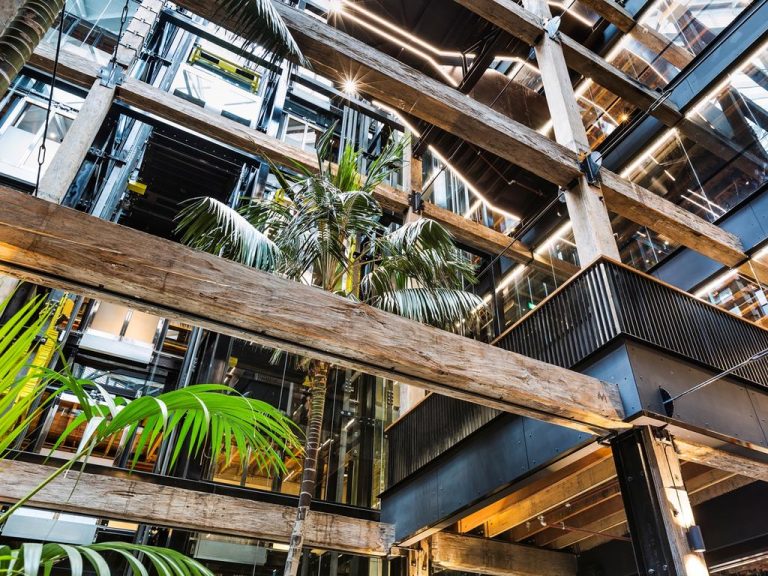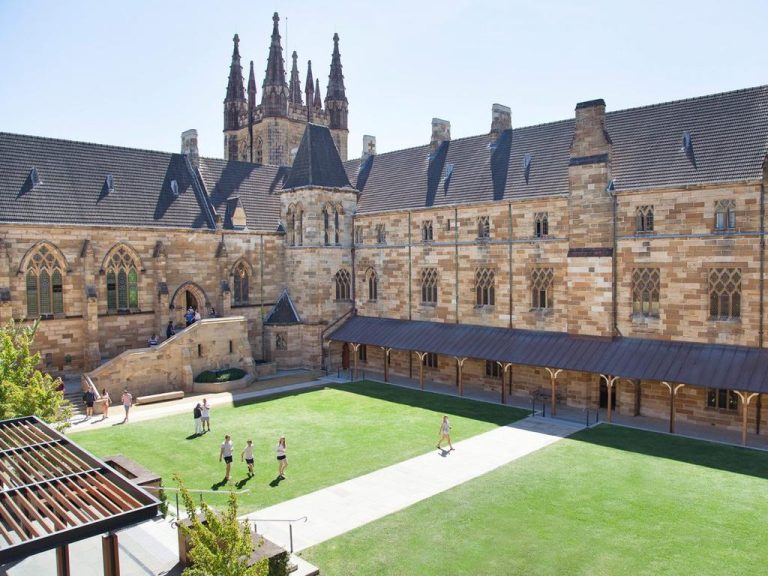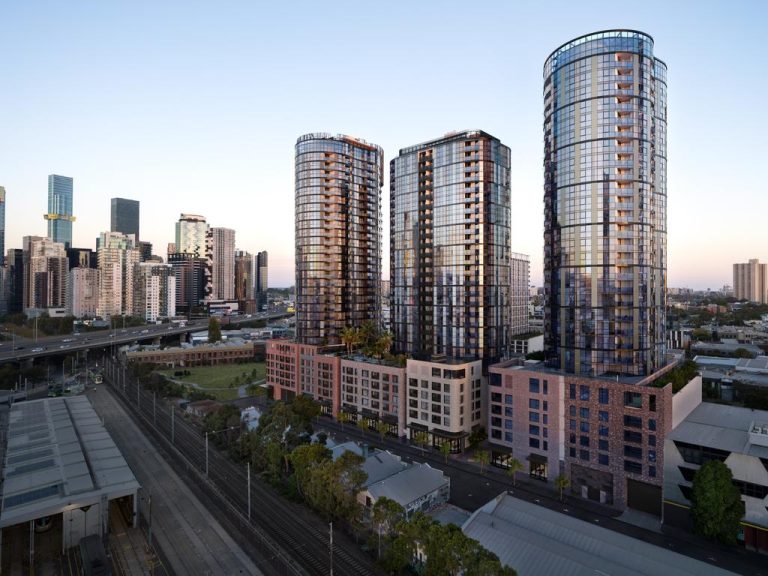Commercial property sales take a hit as interest rates bite

Record low interest rates drove record levels of investment into the commercial real estate sector last year. Now the situation is reversing.
Typically, the first quarter of the calendar year is the quietest in the commercial market. Over the first three months of this year, however, we saw a new record set for first quarter sales volumes.
While sales activity continued to pick up over the second quarter, the total volume transacted increased by a far smaller amount than usually seen, as rising interest rates constrained access to finance.
In what has been one of the most aggressive tightening cycles in Australia’s history, the Reserve Bank of Australia has lifted the cash rate by 225 basis points over just five months. Interest rates are now at the highest level seen since 2015 and most analysts agree they’re not done yet.
Higher debt costs are contributing to cooling selling conditions. In contrast to the March quarter’s bumper sales, transaction volumes in the June quarter were 21% – or $5 billion – lower compared to the same time last year, according to Real Capital Analytics.
Despite this, in a historic context, Australia’s commercial property market is still performing strongly. Although current sales activity seems to be slowing, it is slowing off the back of an exceptionally strong market bolstered by cheap finance.
Furthermore, looking at sales figures alone can be misleading in determining the strength of a market.
While high sales volumes are typically a sign of robust buyer demand, it doesn’t necessarily follow that fewer sales are always a result of softer selling conditions.
On the one hand, property owners prefer to sell in a peaking market. This tends to result in fewer properties being put up for sale when conditions weaken.
But property owners are also less likely to want to sell in a strengthening market, knowing that by holding onto their assets they are likely to increase returns.
So, what’s driving the current slowing? Likely a bit of both.
At a whole of market level, rising financing costs and economic uncertainty are placing downwards pressure on commercial real estate values. But on an asset level, conditions vary widely.
Take offices and hotels for example. Sales of these assets collapsed over 2020-21 and values took a hit. However, this year, investors have demonstrated renewed confidence these sectors, and sales volumes and prices have increased.
A different story is playing out in the retail sector which, after a record start to the year, saw second quarter sales volumes down 13% from last year and yield compression falter.
Industrial real estate has seen the largest drop in transaction activity, with volumes down 21% year to date compared to the same time last year. Here the story differs again.
Record high rent growth is helping to offset the impact of higher interest rates on industrial values. This is leading many owners to hold onto industrial assets, restricting opportunities for investment in the sector.
Returning to a whole of market view, there’s no doubt conditions have started to cool and in recent months the number of buy enquiries on realcommercial.com.au has reduced. Despite this, enquiries remain above the historical average pointing to ongoing confidence in the commercial market.







